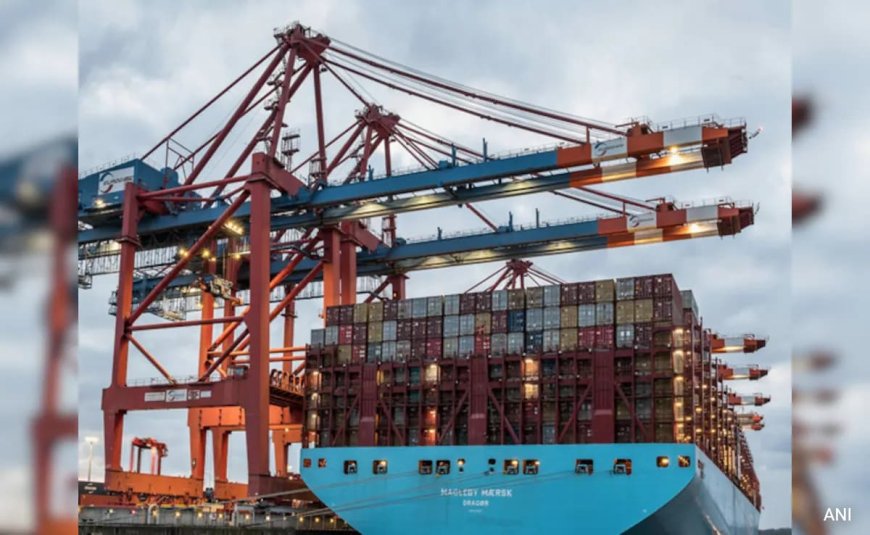US' Reciprocal Tariffs May Have Limited Impact On Indian Exports: Report
The impact of US tariff reciprocity on Indian exports is expected to be minimal, despite concerns over trade restrictions, according to a report by State Bank of India.

US' Reciprocal Tariffs May Have Limited Impact On Indian Exports: Report
News by dharmyuddh.com
Introduction to US Reciprocal Tariffs
The recent report on the impact of US reciprocal tariffs suggests a nuanced picture for Indian exports. As trade dynamics shift globally, understanding how these tariffs influence market access and export volumes is crucial for Indian businesses.
Understanding the Nature of Tariffs
Reciprocal tariffs refer to the duties that countries impose on each other's goods and services. While the US has implemented these tariffs with the intent of protecting domestic industries, the implications for Indian exporters may not be as severe as previously anticipated.
Analysis of the Report
The report indicates that Indian exports, particularly in sectors such as textiles, pharmaceuticals, and IT services, may face limited challenges despite the tariff imposition. Factors contributing to this outcome include the competitiveness of Indian products and the strong demand in other markets. Moreover, Indian exporters have been actively seeking alternative markets, reducing dependency on the US.
Sectoral Impacts and Opportunities
While certain sectors may experience a rise in export costs due to tariffs, others might continue to thrive. Indian manufacturers in the technology sector, for instance, have demonstrated resilience and adaptability, leveraging innovations and cost efficiencies to maintain a strong foothold.
Strategic Recommendations for Indian Exporters
As the global market conditions evolve, Indian exporters must adopt strategies to mitigate the impact of tariffs. This includes diversifying their export destinations, investing in quality improvements, and enhancing supply chain efficiencies. Utilizing digital marketing and e-commerce platforms could also open up new avenues for growth.
Conclusion
In conclusion, while US reciprocal tariffs pose certain challenges, the overall impact on Indian exports may be limited. By focusing on strategic growth areas and remaining agile in response to market changes, Indian exporters can navigate the complexities of international trade effectively.
For further insights and updates, visit dharmyuddh.com.







